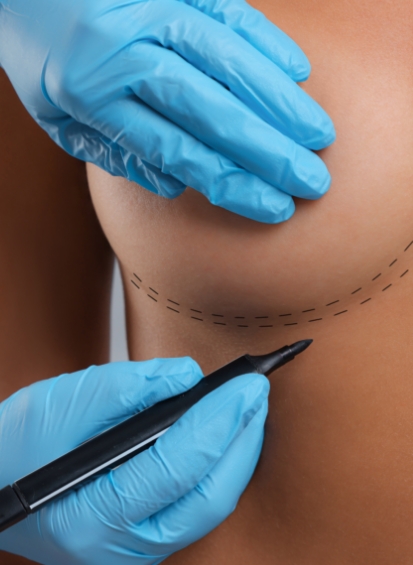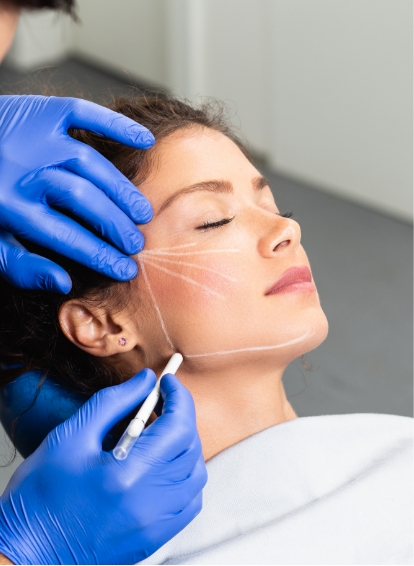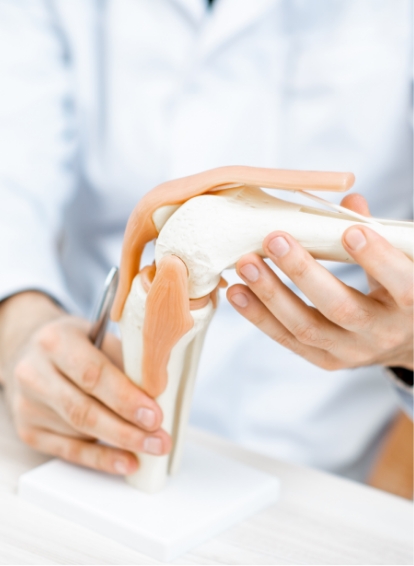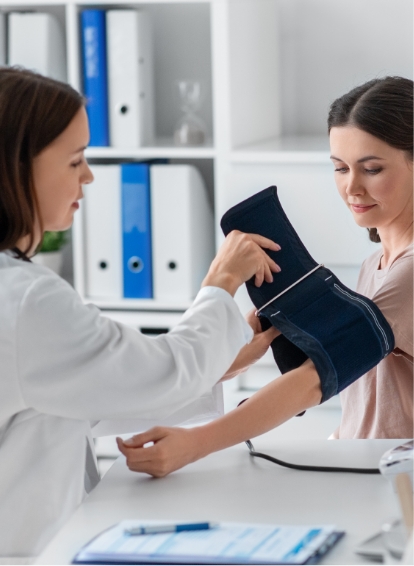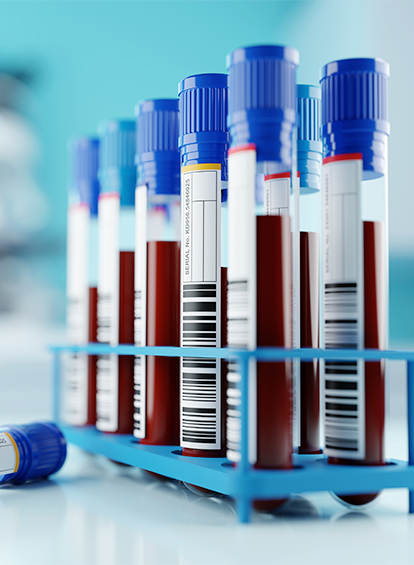Sports & Non-Surgical Orthopaedic Treatments
Tennis Elbow
Tennis elbow, medically known as lateral epicondylitis, is a painful condition affecting the tendons of the forearm. It is often caused by overuse or repetitive motions, which lead to inflammation and micro-tears in the tendons around the elbow. Despite its name, tennis elbow can affect anyone who frequently uses their forearm muscles, not just athletes.
At The Clinica, our specialists in Sports & Non-Surgical Orthopaedics provide effective treatment options to alleviate pain, reduce inflammation, and restore strength and flexibility to the affected area, enabling patients to return to their daily activities pain-free.
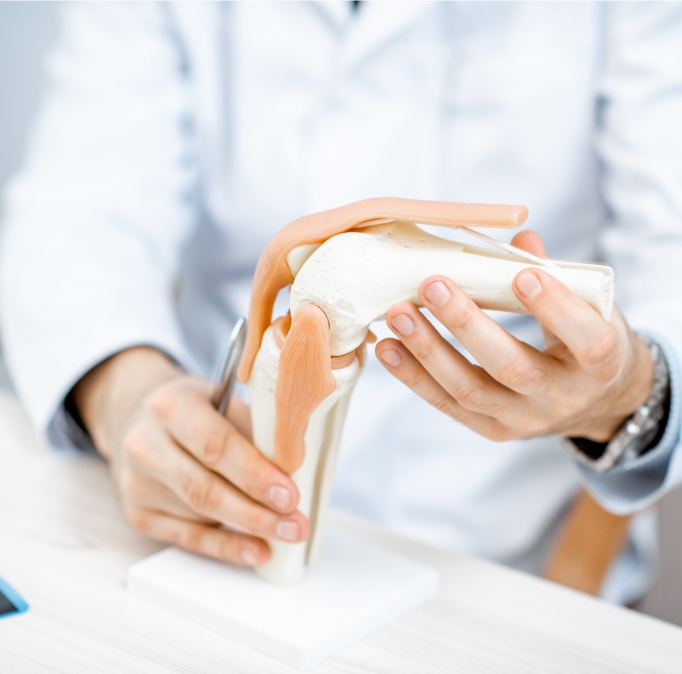
What is it?
Tennis elbow is a type of tendinopathy that affects the tendons on the outer side of the elbow, particularly where the forearm muscles attach to the lateral epicondyle of the elbow. This condition is often caused by repetitive strain or overuse of the forearm muscles, leading to small tears in the tendon tissue. Activities that involve repetitive wrist and arm movements, such as tennis, weightlifting, or manual labour, can increase the risk of developing this condition.
Patients with tennis elbow experience pain and tenderness on the outer part of the elbow, which may radiate down the forearm and make simple tasks, like gripping objects or lifting items, uncomfortable. The pain often worsens with activity, especially those that require wrist extension or forearm rotation. Although rest may provide temporary relief, untreated tennis elbow can persist and become a chronic issue, affecting work, hobbies, and overall quality of life.
While tennis elbow is commonly associated with sports like tennis, it can affect anyone who engages in repetitive arm activities. Prompt treatment and proper management are crucial to reducing pain and restoring function.
Book an appointment
Additional Information

Causes of the condition
The primary cause of tennis elbow is repetitive strain on the forearm muscles and tendons, often resulting from repetitive wrist and arm motions. Athletes, particularly tennis players, are prone to this condition due to the repetitive backhand strokes that place stress on the forearm muscles. However, tennis elbow is not limited to athletes; individuals who engage in manual work, such as painters, carpenters, and plumbers, are also at risk.
Other contributing factors include improper technique or equipment, which can exacerbate the strain on the forearm muscles and increase the likelihood of tendon injury. Age is also a factor, as tendons become less flexible and more susceptible to damage over time, making middle-aged adults particularly vulnerable to tennis elbow.
Certain biomechanical issues, such as poor wrist stability or weak shoulder muscles, can further increase stress on the forearm tendons, contributing to the development of tennis elbow. Identifying and addressing these contributing factors is essential for effective treatment and prevention of recurrence.
Tests that can be done to confirm the condition
Diagnosing tennis elbow involves a physical examination and a review of your medical history to assess symptoms and identify any repetitive activities that may contribute to the condition. During the examination, your clinician may perform specific tests, such as the "Cozen's test," to determine the source of the pain by having you extend your wrist against resistance.
Imaging tests, such as ultrasound and MRI, may be recommended to confirm the diagnosis and evaluate the extent of tendon damage. Ultrasound is useful for detecting small tears and inflammation in the tendons, while MRI provides a detailed view of both soft tissues and bone, helping to rule out other potential causes of elbow pain.
In some cases, your clinician may recommend additional tests to rule out conditions like arthritis or nerve compression, which can cause similar symptoms.
Effective treatments
Treatment for tennis elbow aims to relieve pain, reduce inflammation, and restore the strength and flexibility of the forearm muscles. Resting the affected arm and avoiding activities that exacerbate symptoms is essential for initial healing. Using a forearm brace or strap may also help reduce strain on the tendons, offering additional support during movement.
Non-surgical treatments, such as corticosteroid or platelet-rich plasma (PRP) injections, can be effective in managing tennis elbow. Corticosteroid injections provide quick relief from inflammation, while PRP injections utilise the patient’s blood to promote natural healing and tissue repair. These injections are generally safe and can provide significant relief when combined with other therapies.
Physical therapy is a key component of tennis elbow treatment, focusing on strengthening the forearm and wrist muscles, improving flexibility, and correcting any biomechanical issues. Exercises tailored to target the specific muscles involved in tennis elbow can help restore function, reduce pain, and prevent future injuries. In more severe cases, where conservative treatments do not provide sufficient relief, minimally invasive surgery may be considered to repair damaged tendons.
Book an appointment for the initial consultation
Booking an initial consultation at The Clinica is the first step in effectively managing tennis elbow. During this appointment, our specialist will conduct a thorough assessment, discuss your symptoms, and review your medical history to identify potential causes of your condition. This evaluation will include physical tests to determine the source of pain and assess forearm strength and flexibility.
If necessary, imaging tests will be arranged to confirm the diagnosis and assess the extent of any tendon damage. Based on the findings, a personalised treatment plan will be developed to relieve pain, improve function, and prevent recurrence, supporting your journey back to an active and pain-free life.
Frequently Asked Questions
Recovery time varies depending on the severity of the condition and the treatment approach. Mild cases may improve within weeks, while more severe cases may take several months.
Yes, PRP injections are effective for managing tennis elbow by promoting healing within the tendons. They are a natural, low-risk treatment option that can aid in long-term recovery.
In some cases, tennis elbow may improve with rest and activity modification. However, professional treatment is often recommended to achieve full recovery and prevent recurrence.
Surgery is typically considered only for severe cases that do not respond to conservative treatments, such as physical therapy and injections. Most patients improve with non-surgical options.
It is advisable to rest the affected arm to prevent further injury. Your specialist can provide guidance on safe activities and exercises that support recovery without aggravating the condition.
Specialised Clinics
General Enquiries
Please send your enquiry to us and our Practice Manager will be in touch shortly. Alternatively, if you would rather speak to us or your enquiry requires our urgent attention, please call us on 01344 946363.

